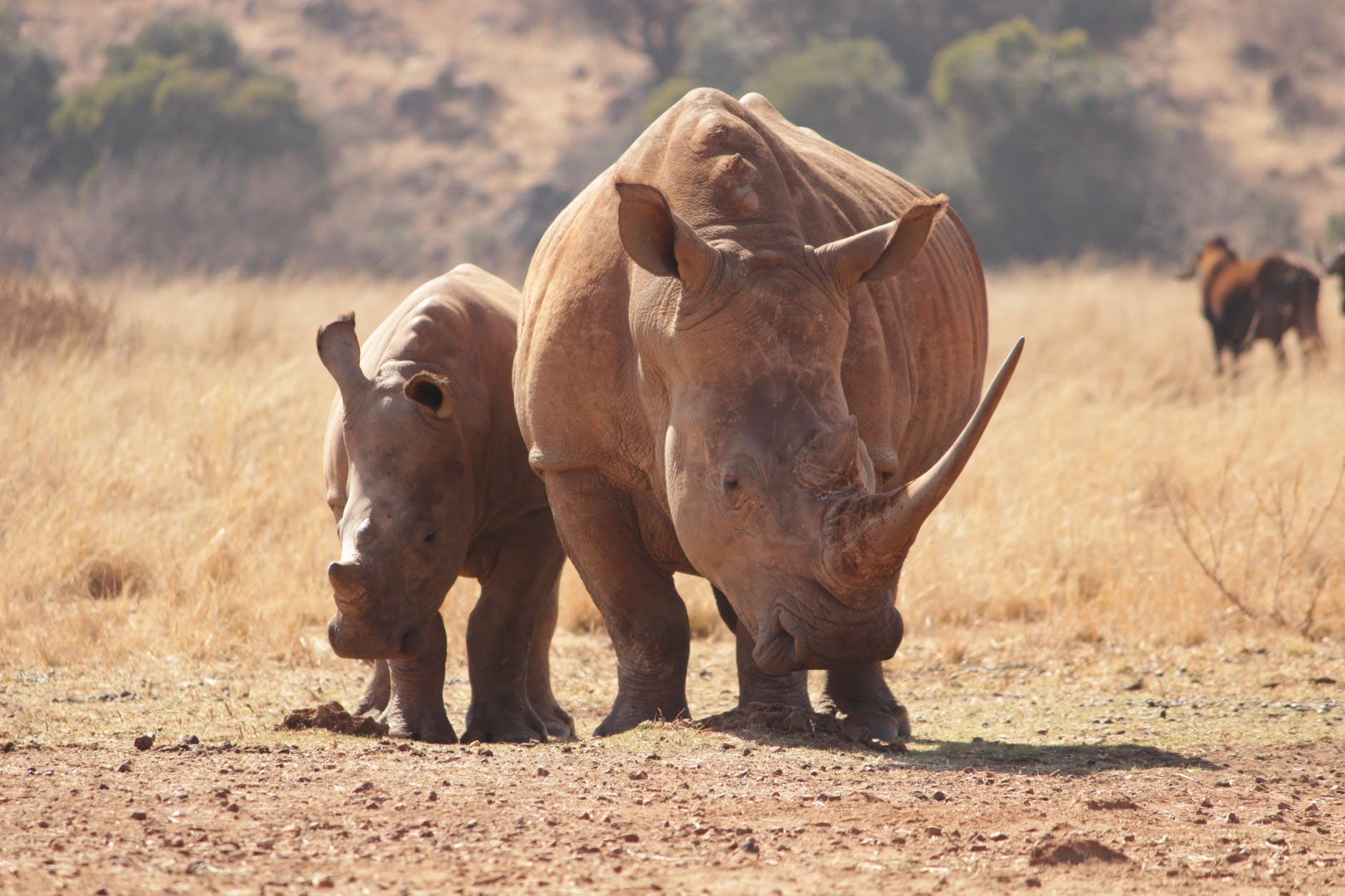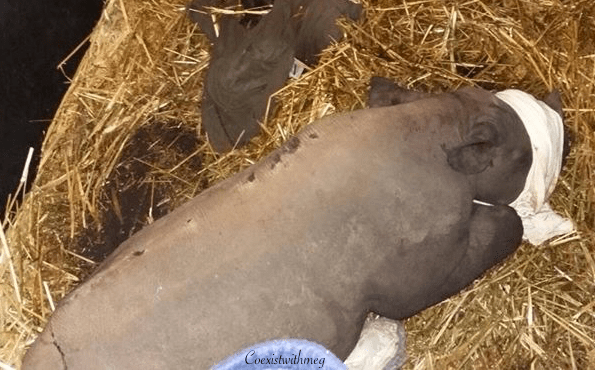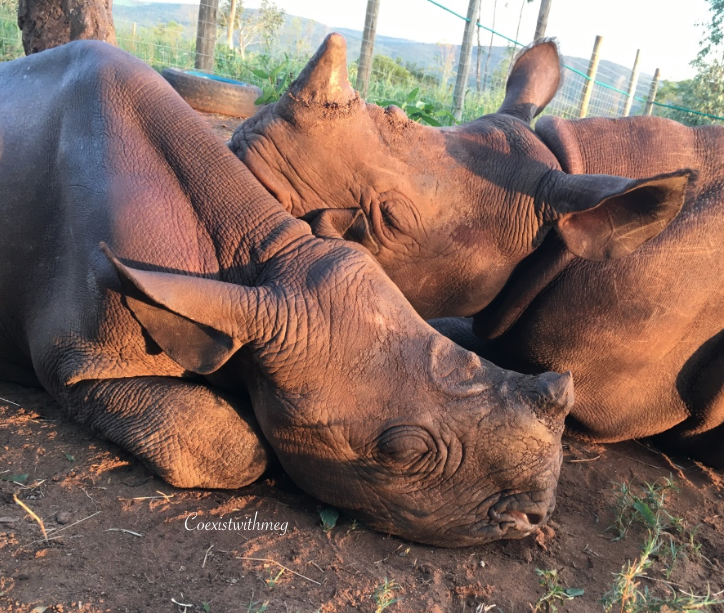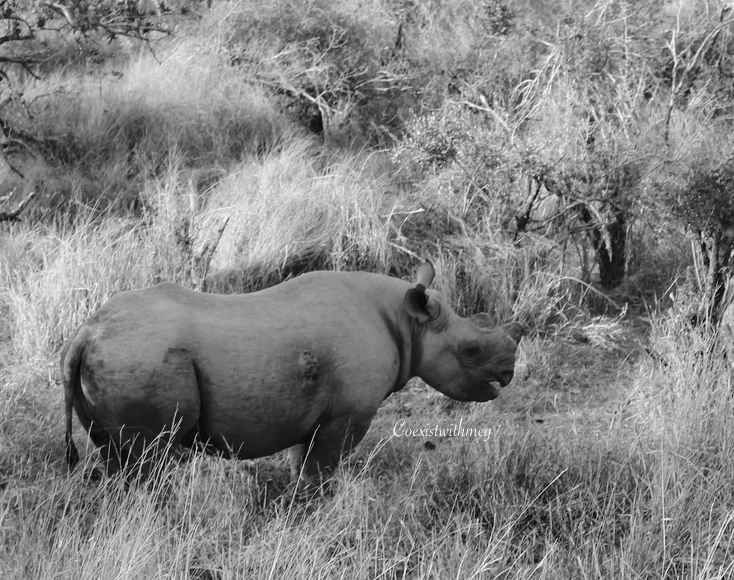Anyone who has been following the plight of Africa’s rhino will have noticed that population statistics are hard to come by. This week, years of silence have been broken regarding the rhino population in Kruger National Park (KNP). Unfortunately, the news is pretty grim.
Rhino Poaching Statistics At A Glance:
- 67% decline in Kruger’s white rhino population since 2011
- 35% decline in Kruger’s black rhino population since 2013
- Approximately 3,529 white rhinos and 268 black rhinos remain in Kruger National Park
- The official stats for rhino poaching in South Africa say 594 individuals were poached in 2019, a decrease from 769 the previous year

“SANParks contributes 34.4% and 34.9% respectively of South Africa’s black and white rhino populations. Primarily due to poaching in Kruger National Park, one black rhino sub-species, and white rhinos, have declined over the past decade.”
SANParks Annual Report 2019/2020
Kruger’s White Rhinos
The white rhino population in the Kruger has seen a steep decline of around 3,529 individuals, which represents a massive 67% of the white rhino population within the park. In 2011 there were 10,621 white rhinos in KNP.
Kruger’s Black Rhinos
In 2013, there were 415 black rhinos in Kruger. This figure has now dropped by 35% leaving only 268 black rhinos in the park in 2019.

In recent years, there have been poaching statistics and arrest/ incursion-related statistics released in South Africa. These indicated poaching was on the decrease while arrests were increasing. When viewed on their own, these statistics seem positive, however it is likely the poaching has been decreasing because of the huge population decrease. After all, less rhinos to poach means less poaching.
Of course, there have been incredible efforts from the anti-poaching, veterinary and conservation teams on the ground to reduce poaching in the area and this too would have an impact on the poaching figures.
It is difficult to have up-to-date information on populations and situations such as this but these latest sobering statistics have given us plenty to think about.
In an attempt to minimise the impact of rhino poaching on the population Kruger National Park began dehorning selected rhinos in the Greater Kruger area in 2019. Dehorning is a common tool that is used by wildlife owners and reserves across South Africa to try to deter poachers.

How Can We Help Save Rhinos?
These statistics are shocking and they give us a glimpse into what the reality of the situation is. They indicate an urgency and the necessity to step up before it is too late.
- Don’t buy wildlife products – it may sound obvious but rhinos are being killed because there is a demand for rhino horn. Never buy rhino horn or products made from rhino horn. When the demand stops, the killing will too.
- Raise awareness – tell your friends what is happening. It’s surprising how many people remain unaware of the plight of rhinos. Although often aware of the killing of rhinos for their horns, users of rhino horn tend to see themselves as disconnected from the rhino poaching crisis. Education and awareness are key.
- Support charities working to save rhino – volunteer, donate, host a fundraising event, like/ comment/ share their social media posts to help them reach more people. Joining a reputable organisation means you become part of the solution.
Sources:
- Africa Geographic
- SANParks Annual Report 2019/2020 (Rhino summary can be found on page 96)
- Summary of KNP white rhino population estimates
- Population estimates





